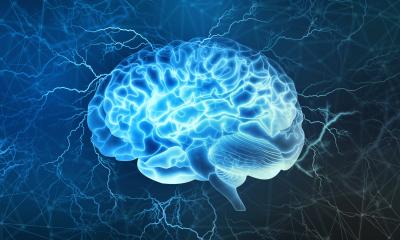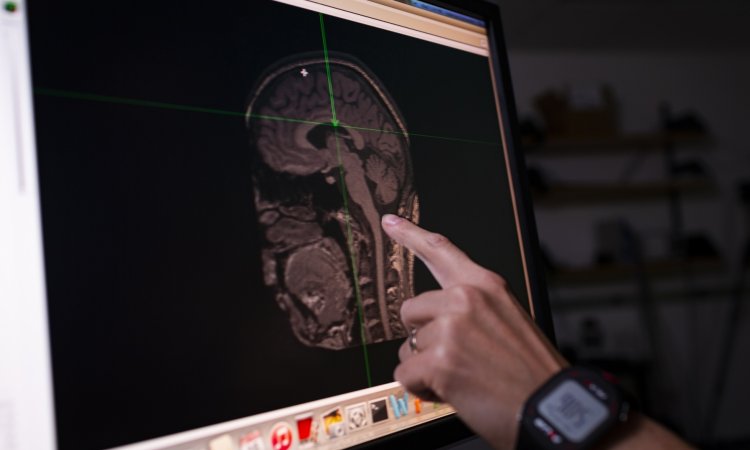Article • World Brain Day
Stroke is over (if you want it)
The fourth World Brain Day (July 22) revolves around stroke – how to detect it, how to prevent it, how to treat it. Raad Shakir, president of the World Federation of Neurology (WFN), seizes the opportunity to raise awareness about a disease that is becoming more common globally – but also preventable to a large extent.
Report: Wolfgang Behrends
Listening to Professor Raad Shakir, it is easy to see how far we have come in understanding and treating strokes. “60 years ago, when the WFN was founded, stroke was thought to be a non-treatable condition,” says the Federation’s president. “Fortunately, this has changed dramatically.” It is not just the 60th anniversary of the Federation that prompted Shakir’s stock taking, but first and foremost the 4th World Brain Day, an international day of awareness initiated by the WFN. This year, the event is all about stroke prevention.
But in spite of decades of medical breakthroughs, the number of stroke victims is rising steadily around the globe. “It is no exaggeration to state that stroke is the epidemic of the 21st century,” Shakir emphasizes. One in six people have a stroke at some point in their life – in other words, 2,000 people suffer a stroke every hour of the day. This amounts to 17 million strokes per year, with a mortality rate of about 30%. Additionally, many of the survivors face severe long-term or even permanent disability. Stroke risk increases with age, so most victims are elderly men and women, but young people are also affected.
The prosperity paradox
At first glance, it doesn’t make sense: more strokes occur around the world, even though we have a profound understanding of the disease and our living conditions are better than ever. To Professor Michael Brainin, president-elect of the World Stroke Organization (WSO), this is no surprise: “A number of large studies, for example the INTERSTROKE study, have looked at the risk factors for stroke.” According to these studies, hypertension is one of the leading causes of stroke. Additional risk factors include high BMI, diabetes, high cholesterol and smoking – factors that are typical for people living in highly-developed industrialized countries. In other words, growing prosperity also paves the way for increased stroke prevalence.
However, this doesn’t mean that stroke is only a problem of the wealthy. “Currently around 80% of those affected come from low and middle income countries,” says Professor Shakir. Between 2000 and 2008, the incidence of stroke in these countries was around 20% higher than in the industrial nations. Inadequate medical infrastructure further contributes to high mortality rates. “We have to make it clear to the governments that it is unacceptable that the chances of surviving a stroke depend on where person resides,” Shakir declares.
An uphill battle against stroke – but not a hopeless one
Despite these grim perspectives, both neurology experts are optimistic. “As unsettling as these statistics may seem, we are not entirely powerless”, Shakir says. “We want to use the World Brain Day to take a conscious step towards reducing the number of deaths and disabilities caused by stroke. This involves significantly increasing awareness of the most important prevention measures and known risk factors as well as making sure that the necessary infrastructure is put in place and expanded to keep pace with the growing numbers of patients.” Brainin adds: “We now know that stroke is preventable to a very large extent. If we control the preventable risk factors such as high blood pressure, obesity and tobacco, the risk of stroke is reduced by at least 50%, especially when combined with drug therapy. This message has to be heard around the world.”

Profiles:
Professor Raad Shakir is the president of the World Federation of Neurology. He was trained in neurology at the Institute of Neurology, Glasgow and qualified in 1971. Shakir is Chief of Service Neurology at Charing Cross Hospital, London.
President-elect of the World Stroke Organization, Professor Michael Brainin is a clinical neurologist at the Danube University Krems in Austria, where he also chairs the Department of Neurosciences and Preventive Medicine.
22.07.2017








